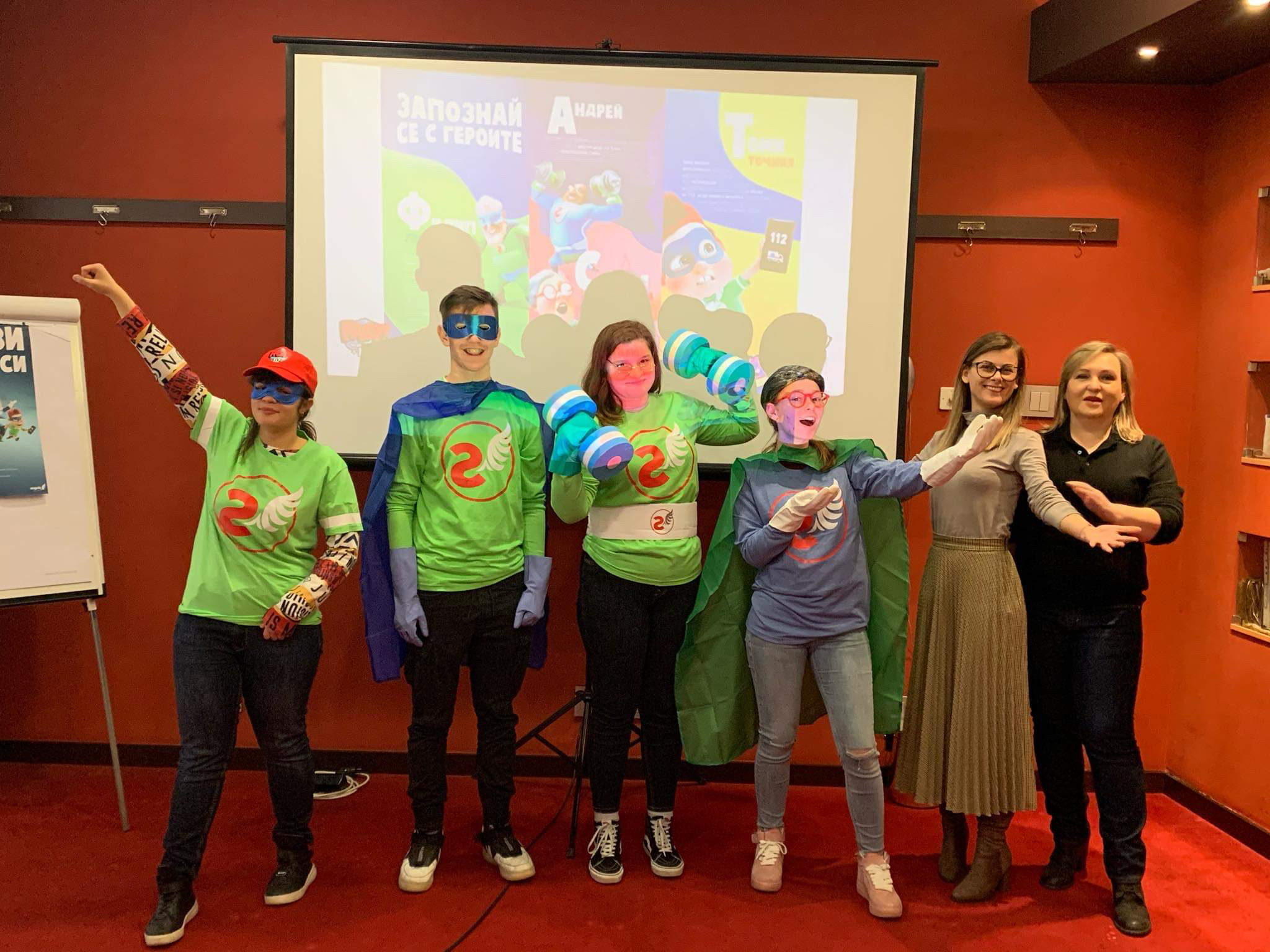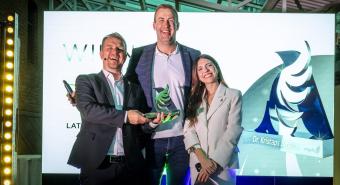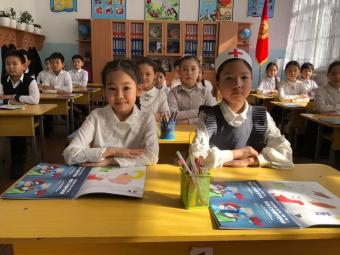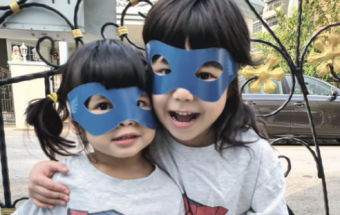"Our protocols are in place, we've done the simulations and my stroke team is well trained, but most of our patients still arrive outside the time window." If this is the case in your hospital, read how we are solving this "final frontier" in stroke care.
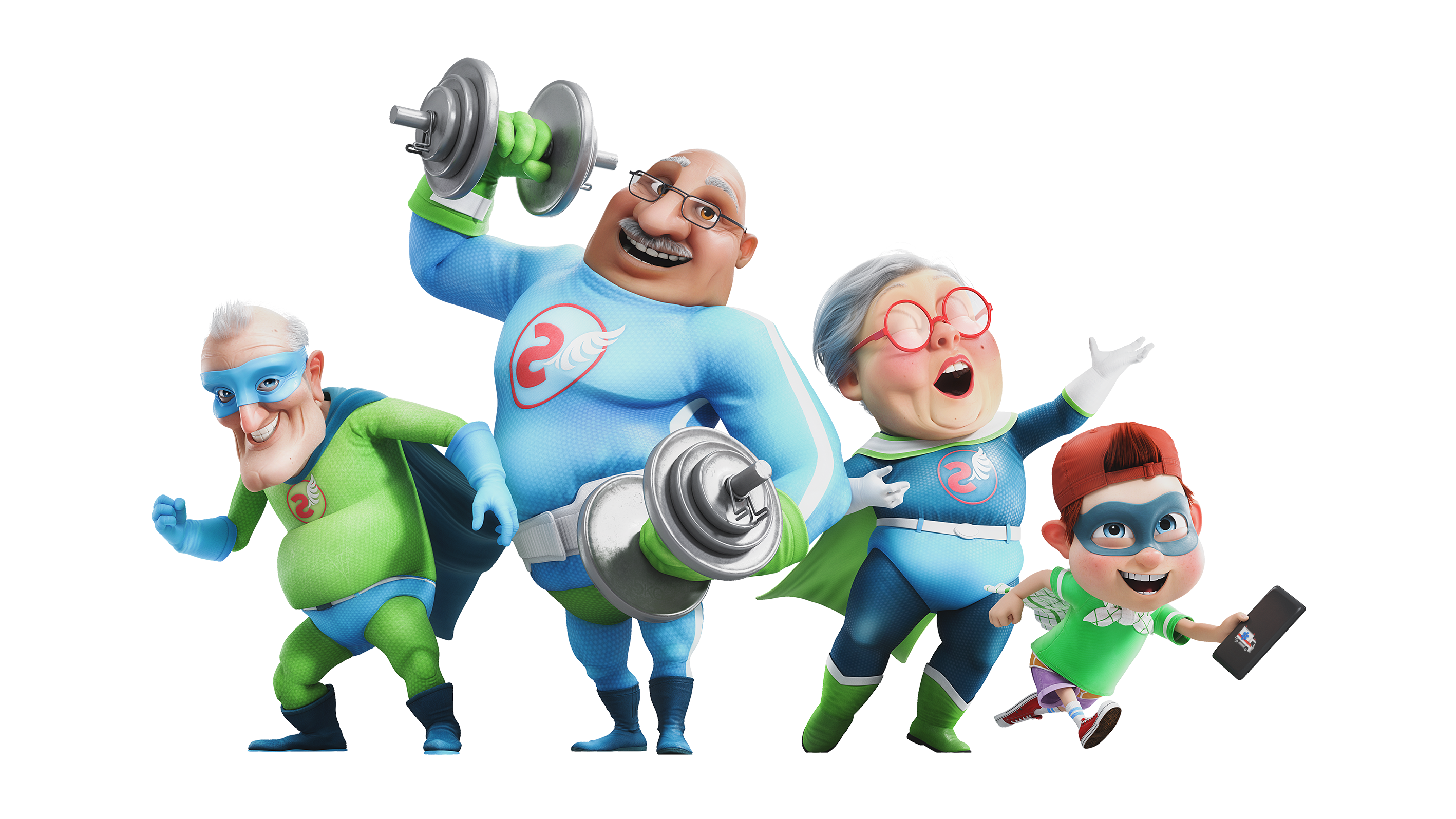
On the one end of the spectrum we have Austria, where around 70% of stroke patients arrive at the hospital within 3 hours of symptom onset according to data published from the Austrian Stroke Unit Registry. On the other, we have data from a hospital-based registry in Mexico that showed only around 25% of patients arriving on time. So, what is the difference?
At the Angels Initiative, we believe that our job is to solve complexity and not add to it. So when we are faced with a problem like this one, we always aim to ruthlessly simplify the problem before we try and address it. In analysing bright spots like Austria, and comparing them with hospitals like the one in Mexico and others that have even worse numbers, we believe that this problem should be addressed by focussing on three aspects:
1. Have a good geographical coverage of Stroke Ready Hospitals in the region, so that patients can actually arrive on time when they realise they have symptoms. This is certainly the case in Austria, that aimed for a coverage where most stroke patients should be within 45 minutes driving radius from a Stroke Ready hospital.
2. Work with ambulance services to deliver stroke patients only to Stroke Ready hospitals. In more developed regions, this should also include more advanced checklists to screen for Large Vessel Occlusion as part of the choice of where to deliver stroke patients.
3. Educate the at-risk population about the signs of stroke and what to do when they appear.
In the past 4 years we have had a lot of success in helping regions improve their regional coverage of stroke services. In Europe alone, we have helped more than 130 hospitals that did not treat stroke patients before to implement acute stroke protocols. Our work is not done yet - using mathematical formulas and a mapping technology similar to the one used in Austria, we can now assist regional stroke coordinators to plan their regional coverage, as well as new hospitals in order to cover areas of need.
We have learned from the example of Bulgaria, that took the important step of measuring the amount of stroke patients admitted to hospitals, that ambulance services are not stroke ready. In their case, they realised that out of 134 hospitals that admitted stroke patients only 34 provided their patients with acute care. A dramatic result, but also a very important first step in solving the problem. Ambulance services are the best positioned to solve this problem: from our bright spot examples in Slovakia and Spain, we have learned that this can be done with easy-to-implement protocols and a feedback loop that makes sure these protocols are implemented.
The aspect that seems a bit more difficult to address is the third one – educating the at-risk population. It seems simple enough, identify the population at risk, and educate them about the symptoms of stroke and what to do when they occur. The challenge is that the average age of stroke is around 70 years and finding ways to communicate to them over digital and social channels is not as easy as it may be to younger populations.
The second problem is that, whether we like it or not, no one wants to talk about stroke. It’s a scary disease that is often perceived as “just another disease that could kill me that I can do nothing about”, so people often actively choose not to think about it.
Maybe it’s time that we look at our potential stroke patients differently. Something dawned on me one day as I walked through a large stroke unit in Belgrade - these are not just stroke patients, these are someone’s grandparents. This is a room full of damaged grandparents!
There was a really interesting study done in Italy recently that showed that the first thing that 90% of stroke patients did after having their symptoms was contact someone to ask for advice. In almost 70% of cases this “someone” was a relative or friend. Unfortunately, in this study only 30% of the people asked for advice recommended that the stroke patients should call an ambulance. In other words, if we want to educate the population about stroke, we should find a way to educate our grandparents and their children.
We also mentioned that people don’t want to talk about something like stroke, so why not learn from other disease awareness projects like the Distinguished Gentlemen’s ride that found a way to involve men in things they also don’t want to think about like prostate cancer and suicide. Their approach was to involve the men in something they actually did want to talk about – which is getting dressed up ‘Dapper’ like a gentleman in a 70’s movie and riding motorbikes.
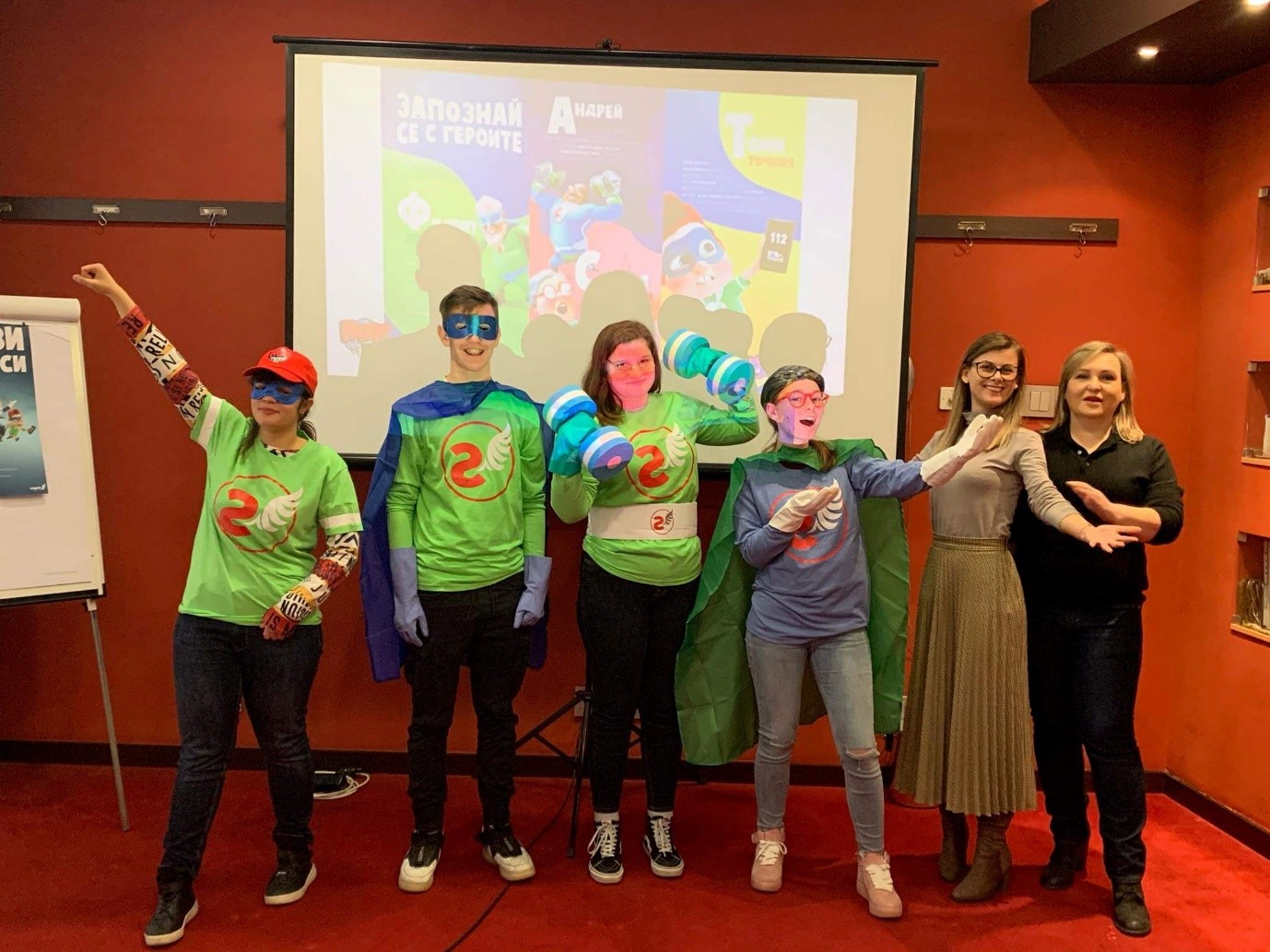
One thing we know our at-risk population loves talking about or getting involved in is their grandchildren. Why not use this as a way to educate the whole family about stroke while giving them a way for the kids to interact more with their grandparents?
So, we developed a program where children between the ages of 5 and 9 could choose two grandparents / family friends / aunts or uncles that they will educate as part of their mission for them to become FAST Heroes. We worked with experts from the Education Department at the University of Macedonia to create a 5-week program where the kids have fun, get active, watch fun animations and customise “message cards” for their grandparents with which they will educate them about how to fight the evil clot that causes strokes. We also involve the parents through the website and through incidental exposure to all the material the kids bring home.
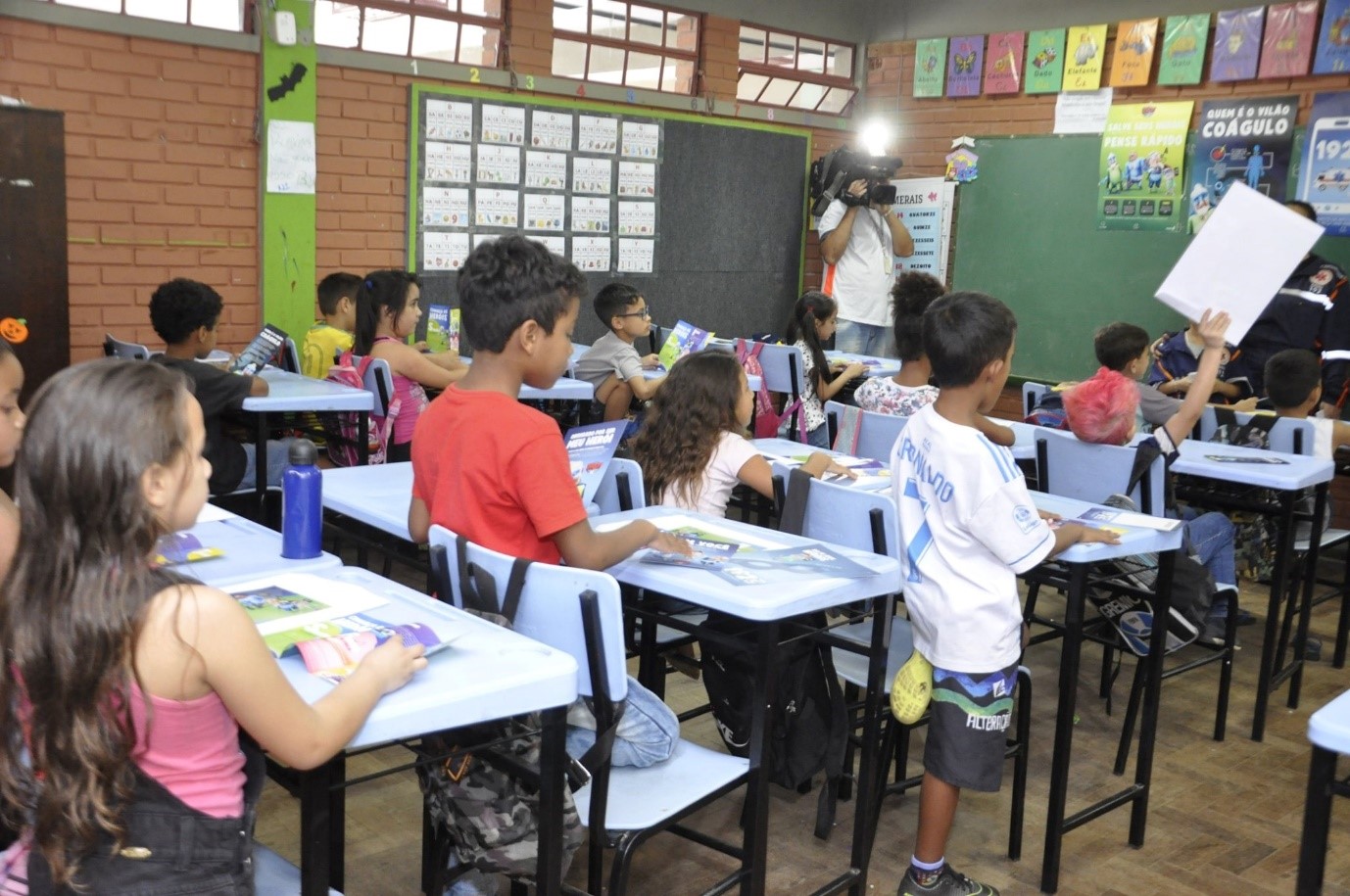
The COVID-19 crisis resulted in school closures thereby halting our implementations. This prompted us to go back to the drawing board. We needed to find a ‘digital’ way to engage with the kids, while still maintaining the fun and interactivity we had in class. We also still wanted the kids to take up the mission of educating their grandparents. The biggest challenge with digital programs, as all of us have experienced recently with all the virtual conferences and trainings, is to find a way of keeping people engaged.
Our solution was to turn the 5-week school-based campaign into 5 digital e-books full of fun, games, animations and activities to educate the families in an experiential way. To keep engagement levels high, we also completely overhauled the website (fastheroes.com) and gamified the whole experience. In other words, everything the family does online earns them points and badges which they can use in several ways. They can compare themselves with their friends on the leader board, they can use the points to unlock online games and they can even use their points to acquire digital FAST Heroes merchandise that they can download for themselves.

As a pilot, we have launched the digital campaign in Portugal, Spain, Hungary and Poland, and so far, we have had more than 7,000 families take part in the program. From the success of the pilot, we have now started to expand the digital campaign to other countries as well.
Some early data from a group of parents, whose kids participated in the FAST Heroes campaign in Greece, showed that only around 4% of the parents knew the most common symptoms of stroke before implementation. This number jumped dramatically with 88% being able to recall at least 3 symptoms after implementation.
We hope that by finding a way to involve our at-risk population in something they don’t mind getting involved in (their grandchildren) and by exposing them to our messages in a memorable and fun way, we can have the same kind of effect on transferring the knowledge of the most common symptoms of stroke and the need to call an ambulance on 112 immediately.
If we do, we may just have found a way to solve the final frontier in acute stroke treatment.
